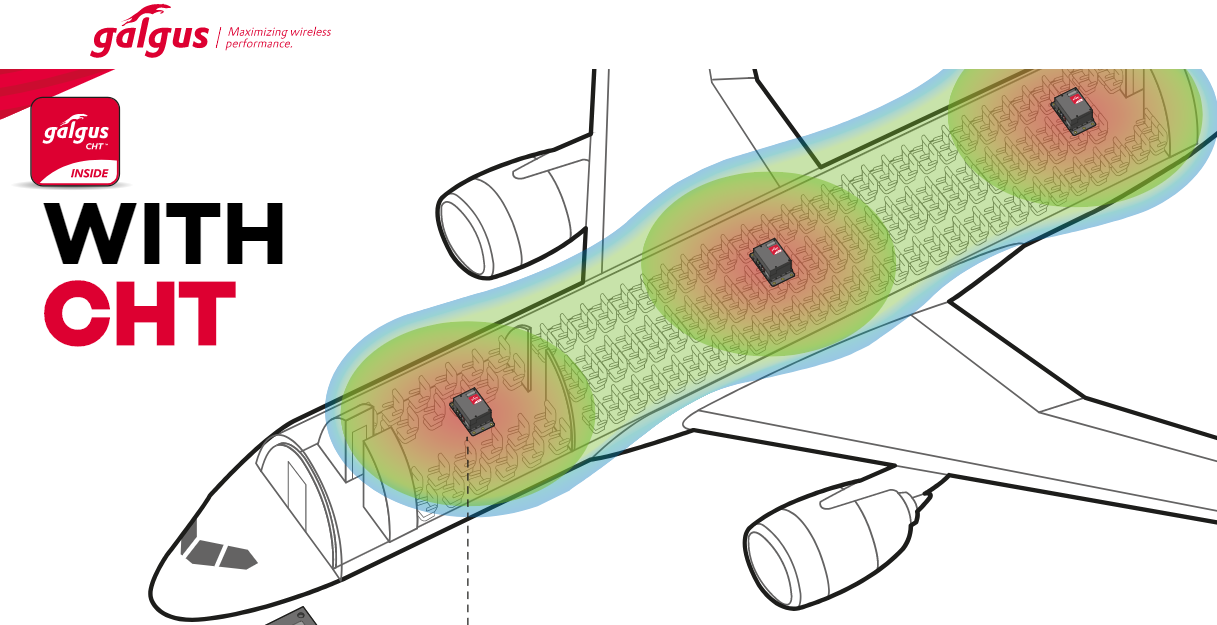Re-Design the Wi-Fi Network Design
We all can find numbers online how much traffic Wi-Fi carries as compared to wireless access networks. We all are connected or are searching for Wi-Fi wherever we go and we all know how important Wi-Fi is for us. Hence not getting into numbers this time but with this blog, we want to bring out a much more important topic which probably affects the Wi-Fi Design and ecosystem.
Wi-Fi as standard has evolved but has the Wi-Fi network Design process evolved?
Wi-Fi is not cellular:
We all know Wi-Fi is not cellular then why we still design and follow the same guidelines as cellular Network Design? What do I mean, don’t we still perform site surveys, generate coverage predictions based on access point locations and putting more Access points for capacity only a few weeks later?
If yes, ask the question, “Is Wi-Fi still the technology for coverage or Wi-Fi is now a capacity system?” And if you wish to have the answer for the same, check how many people at your home are always connected to Wi-Fi vs. no. of user devices vs. access points.
It becomes more implicit in offices, enterprises and hotels for that matter. We need to have coverage for sure but we need to plan capacity upfront.
Re-Design the Design Model: Capacity not Coverage!!
Based on our case study and observations with Wi-Fi deployments, we think now is the time to re-design the Design process, Wi-Fi deployments even at homes need to be planned on capacity rather than only coverage model. Of course, we cannot screw roofs, walls every second week to add new APs at office, Airports and hotels. So why to plan for day 0, why not just plan day 1 with capacity rather than coverage?
It might add cost and CapEx upfront but would bring long-term benefits.
Understanding the Real Customer Experience: #Design Smart
What makes customers feel bad is QoS when they are connected to Wi-Fi. If I don’t have Wi-Fi signal in the locality, I would feel bad. But if I have Wi-Fi signal and still I am not able to browse the internet, it will make anyone more furious. Users are getting smart and unlike the most case studies show, users do understand that Wi-Fi might break near lift area or while changing the floor. I personally won’t mind having good QoS at a particular location and knowing that a few areas, I might not have coverage.
We don’t have to over design and kill the channels and ultimately the network.
Access Points are getting Smarter
With Predictive and Proactive Big data Analytics, with more radios (sniffing radios) and with more computing power, Access points are getting smarter. They are equipped with SON (if we can call it SON) to Self Configure (choose the best channel), Self Optimize (dynamic channel hopping, load sharing, TX optimization) and Self-heal, do we still need the manual surveys and initial design?
If we cannot rely on these smart APs are they really smart?
60GHz Channel for Indoors
We all observe a lot of SSIDs at any place in the world. Because the Wi-Fi networks right now are designed to cover more distance than they need to, the signal actually leaks out of the required area and thus causes interference for other APs.If you don’t believe try to Scan Wi-Fi SSIDs at the same place where you are right now.
What if access points were so smart to change TX power and hence not leak out? Can they change their TX power based on UE locations yes maybe, but this might make AP costlier especially for home users. We do not control the AP market especially home users for them cost is big factor. Can we reduce link budget? Can we use a different channel which has smaller coverage footprint?
Can we use part of 60GHz channel which is noise free, indoors which has short link budget, which would leak less signal outdoor along with providing more bandwidth/capacity. Another important reason to use 802.11ad indoors is environmental effects would be nullified.
Our 2 cents:
Till we don’t get a centralized management system such as CBRS, till we do not get more spectrum as 6GHz, till we do not get a better scheduler 802.11ax, we shall be little smarter in approach and in fact we could carry the smart approach to ax standard as well. Leaving you with the same question to ask your network design team!!
Wi-Fi as standard has evolved but has the Wi-Fi network Design process evolved?
– Rahul Atri, Techplayon
** The coverage model design would still hold good for places with low Wi-Fi densities and less interference.
Related Post:
Network Virtualization
- Virtual Network’s Most Common Definitions
- Network Function Virtualization (NFV) Architecture
- Virtual Network Function (VNF) Definition, Architecture and Design
- OpenStack, OpenStack Component and Its Deployment Models
- NFV Management and Orchestration [MANO] Key Performance Indicators [KPIs]
Transport Network

